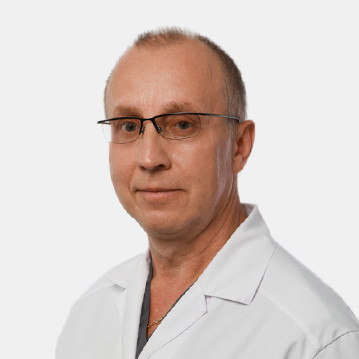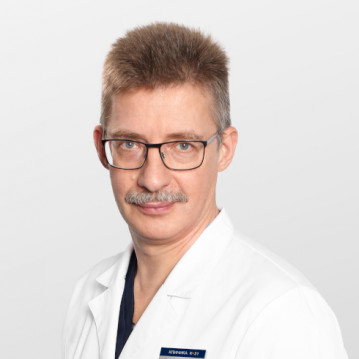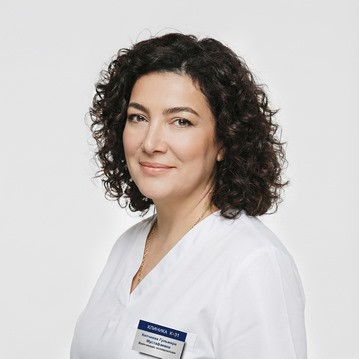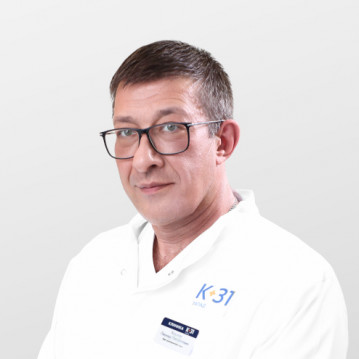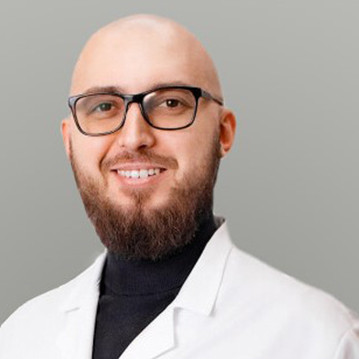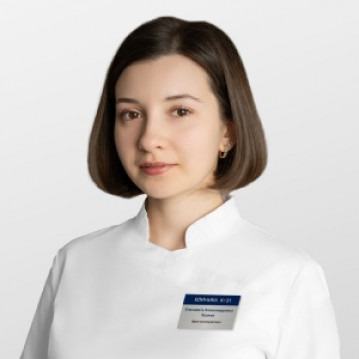Surgical proctology, or surgical proctology, is a field of medicine that deals with the surgical treatment of diseases and pathologies of the rectum and perianal region.
A modern proctologist's operating room is not a set of frightening piercing and cutting instruments, our clinic uses high-tech expert equipment, new endoscopic technologies to eliminate proctological problems, and the use of minimally invasive treatment methods allows surgical intervention with minimal negative impact on the body, low risk postoperative complications, short recovery period and good aesthetic effect.
Call our center (Moscow) to find out more about all our services and prices, or leave your phone number on the website and we will call you back.
Diseases of the rectum
The rectum is the final section of the large intestine and the entire intestine, which ends with the anus. Diseases of the anorectal region can provoke the following factors:
- malnutrition and frequent constipation;
- sedentary lifestyle;
- great physical activity;
- genetic predisposition.
All this can lead to the development of hemorrhoids, anal fissures, fistulas, etc. Our doctors have extensive experience and work experience in the treatment of proctological diseases and in the field of surgical proctology. They use methods of high-precision diagnostics and effective low-traumatic treatment, and also delicately carry out all activities and procedures. We deal with any pathologies of the colon and anus, at any stage of the development of the disease.
What do we treat?
Our doctors eliminate any proctological problems:
- rectal fistulas;
- hemorrhoids;
- anal fissures;
- anal fringes;
- epithelial coccygeal passage;
- perianal warts;
- polyps of the colon and rectum, anal canal;
- benign and malignant tumors of the colon and rectum;
- rectal prolapse;
- and others
The most common proctological diseases are hemorrhoids and anal fissures. For these and other diseases of the rectum, our doctors use modern equipment that allows for the most painless and least traumatic operations, and the recovery period after the operation is significantly reduced. These are laser treatment, endoscopic surgery, laparoscopic surgery, robotic surgery, etc.
When should I see a doctor?
You should consult a proctologist if you have the following symptoms:
- itching or burning in the anus;
- swelling, skin lesions in the anus;
- painful defecation;
- blood or mucus in secretions.
Each of these symptoms, and even more so a combination of several or all of them, may indicate the presence of a proctological disease of the rectum or anus. It is necessary to discard the constraint and immediately consult a doctor. Since in the early stages, many problems can be dealt with by conservative methods of treatment. With the progression of the disease, surgical proctology is required. In our center surgery is carried out without pain for any diseases.
What does operative proctology include?
For the treatment of diseases of the rectum, the following operations are performed: ligation of hemorrhoids, hemorrhoidectomy (radical removal of hemorrhoids), sphincterotomy, sphincterolevatoroplasty, excision of the anal fissure, excision of the epithelial coccygeal passage, excision of the fistula of the rectum, proctoplasty, intra-abdominal rectopexy, removal of rectal polyps , desarterization of hemorrhoids, vaporization of hemorrhoids with a laser, laser removal of hemorrhoids, etc.
- Outpatient proctology includes operations such as the removal of anal fimbriae, perianal warts, rectal or anal polyps. Modern methods often make it possible to do without placing patients in a hospital, and to carry out surgical procedures within 15–30 minutes. For this, special microsurgical techniques and instruments have been developed. Surgeons use an ultrasonic or radio wave scalpel, an electrocoagulator, etc. And a few hours after the operation, which is bloodless and without sutures, the patient can go home and return to his usual way of life. Scars after the operation are not formed, and there is practically no pain. Ambulatory surgery is cutting-edge one-day surgery.
- Laser proctology operations are used to remove hemorrhoids, rectal fistulas, coccygeal passages, anal fimbriae, perianal condylomas, and to treat anal fissures. Laser surgery is a relatively new direction in operative proctology, which consists in laser application for the treatment of diseases of the rectum and anus. Such operations can be carried out quickly, painlessly, bloodlessly, seamlessly. This speeds up the recovery period and reduces the risk of complications. Laser surgery is used to remove hemorrhoids, coccygeal passages, fistulas and perianal warts.
- Emergency proctology is necessary in cases where the disease of the rectum progresses rapidly, the patient's condition deteriorates sharply and there is a serious risk to his health and even life. Emergency surgery may be needed if the patient experiences severe pain in the perianal region, increased pulse rate, dizziness, flies in the eyes, blood in the feces.
Before prescribing this or that therapy for operative proctology, the surgeon will conduct tests and examinations (MRI, CT, etc.), assess the general condition of the patient, his individual characteristics and the presence of other diseases.
Pediatric surgery and plastic surgery are also available in our clinic.
Hemorrhoid treatment
Hemorrhoids is one of the most common proctological diseases. It consists in changing the veins of the anus and the formation of hemorrhoids. The disease is accompanied by bleeding and pain during bowel movements. Left untreated, hemorrhoids can lead to serious complications such as anemia, not to mention the severe discomfort and poor health of the patient associated with the disease.
In our medical center for the treatment of hemorrhoids, modern techniques of minimally invasive surgery are used, and new high-precision and efficient endoscopic equipment is used. Methods of operational proctology in the early stages of the disease are aimed at stopping the blood supply to hemorrhoids. For example, ligation of hemorrhoids - a latex ring is put on the base of the node, which stops the access of blood to the node and leads to its death. Or sclerotherapy - a special substance is injected that causes the collapse (gluing) of the veins that feed the node. Desarterization (operation HAL-RAR) consists in ligation of arteries of hemorrhoidal nodes. During laser vaporization, the contents of the hemorrhoids are evaporated using a laser, while the mucous membrane remains intact.
In our clinic, in each case, we use the most appropriate method of treating hemorrhoids or a combination of methods, which gives excellent results and prevents relapses. All manipulations are almost painless, and the recovery time after the operation is short. In some cases, hospitalization is not even required, the main thing is to follow the instructions of your doctor.
